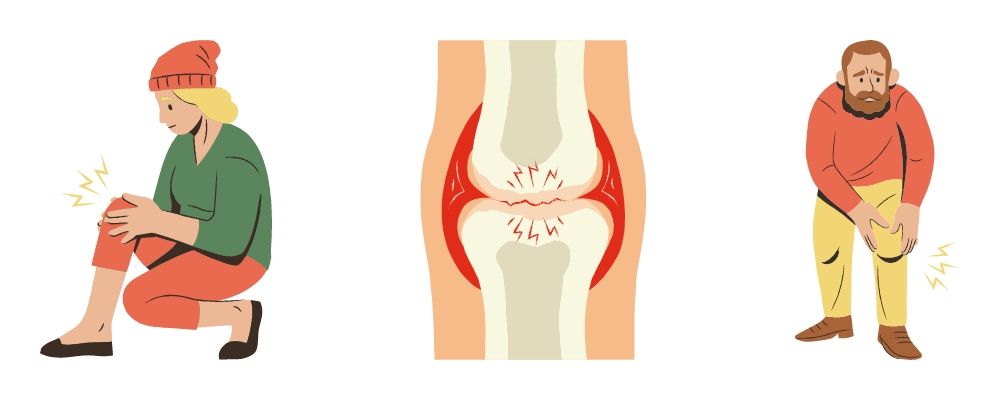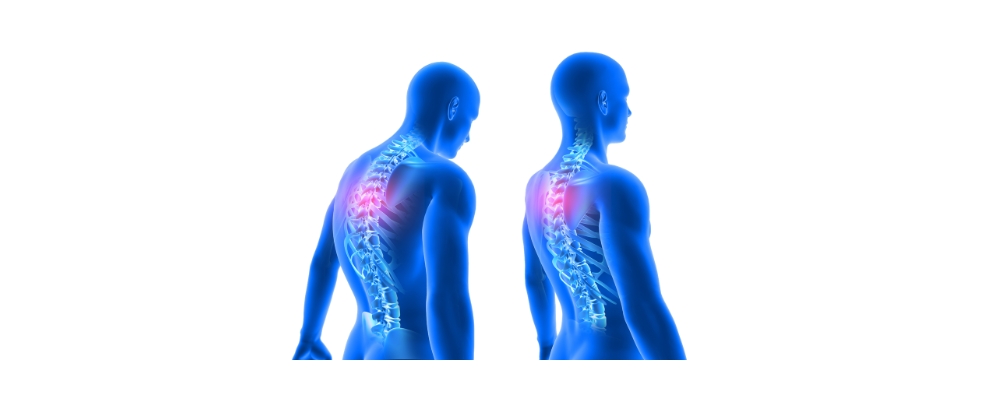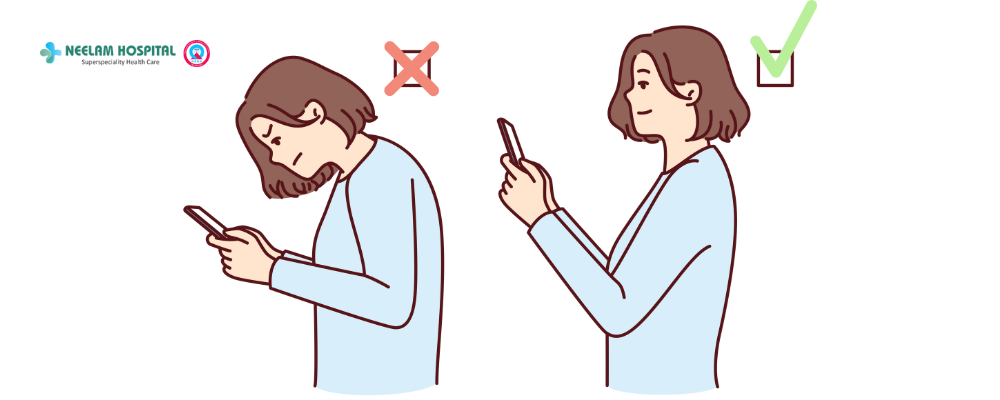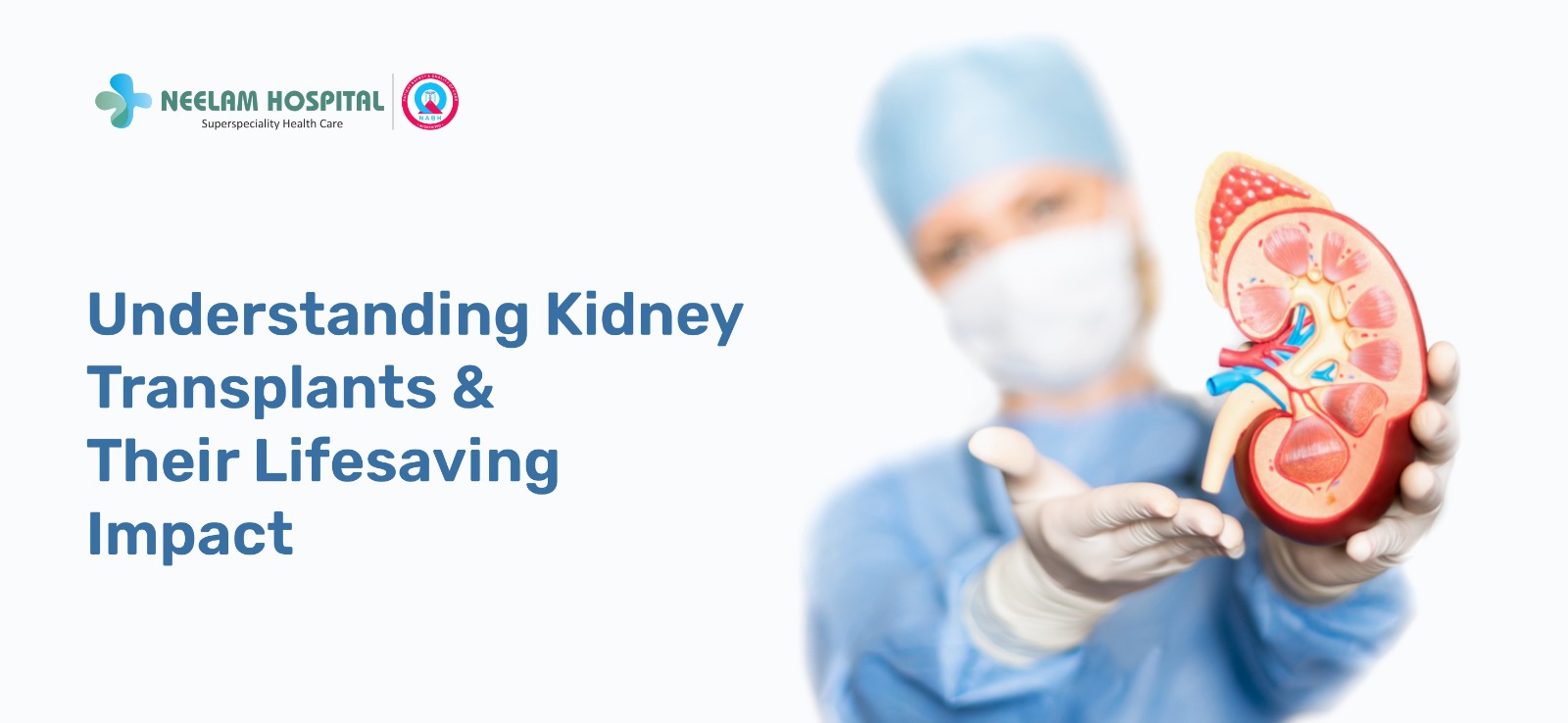
 Arthritis, particularly osteoarthritis, can affect the lower back. This condition leads to the narrowing of the space around the spinal cord, a situation known as spinal stenosis. Arthritis in the spine can cause chronic pain and stiffness, making daily activities challenging. Over time, the cartilage that cushions the joints deteriorates, causing bones to rub together. Managing arthritis-related back pain typically involves anti-inflammatory medications, physical therapy, and lifestyle changes such as maintaining a healthy weight and engaging in low-impact exercises like swimming and walking.
Arthritis, particularly osteoarthritis, can affect the lower back. This condition leads to the narrowing of the space around the spinal cord, a situation known as spinal stenosis. Arthritis in the spine can cause chronic pain and stiffness, making daily activities challenging. Over time, the cartilage that cushions the joints deteriorates, causing bones to rub together. Managing arthritis-related back pain typically involves anti-inflammatory medications, physical therapy, and lifestyle changes such as maintaining a healthy weight and engaging in low-impact exercises like swimming and walking.
 Modern sedentary lifestyles, poor posture, and lack of physical activity can contribute significantly to back pain. Prolonged sitting, especially without proper back support, strains the lower back. Poor posture while sitting, standing, or lifting can lead to misalignment and muscle strain. Lifestyle factors such as obesity and lack of exercise further exacerbate the problem. Adopting ergonomic furniture, maintaining a healthy weight, and incorporating regular physical activity can help prevent and alleviate back pain associated with poor posture and lifestyle choices.
Modern sedentary lifestyles, poor posture, and lack of physical activity can contribute significantly to back pain. Prolonged sitting, especially without proper back support, strains the lower back. Poor posture while sitting, standing, or lifting can lead to misalignment and muscle strain. Lifestyle factors such as obesity and lack of exercise further exacerbate the problem. Adopting ergonomic furniture, maintaining a healthy weight, and incorporating regular physical activity can help prevent and alleviate back pain associated with poor posture and lifestyle choices.

 Poor posture is a leading cause of lower back pain in women and men alike. Ensure your spine is aligned correctly when sitting, standing, or sleeping. Use ergonomic chairs and supportive mattresses to maintain good posture.
Poor posture is a leading cause of lower back pain in women and men alike. Ensure your spine is aligned correctly when sitting, standing, or sleeping. Use ergonomic chairs and supportive mattresses to maintain good posture.
 Excess weight, particularly around the abdomen, can strain the lower back. Maintaining a healthy weight through a balanced diet and regular exercise can prevent and alleviate lower back pain.
Excess weight, particularly around the abdomen, can strain the lower back. Maintaining a healthy weight through a balanced diet and regular exercise can prevent and alleviate lower back pain.


Chronic diseases are on the rise globally as factors like aging populations, sedentary lifestyles, and increasing rates of conditions like diabetes and hypertension are becoming more common in the existing era. Awareness about the prevalence of Chronic Kidney Diseases is crucial because it serves as a lifesaving opportunity for many, avoiding critical situations like kidney failure and emphasizing the need for early detection and intervention. Although opting for a renowned, trusted and best hospital for kidney problems is the ultimate key to 100% satisfaction, being aware of the progression of kidney diseases and recognizing signs of kidney failure is essential for individuals to seek timely medical attention.
Kidneys play a significant role in ensuring our body functions accurately. They diligently purge around 45 gallons of blood daily to eliminate harmful waste. The seamless operation of our body depends heavily on this vital process of kidneys. However, when the curtains fall on the kidney’s performance, a grim scenario unfolds. This results in the malfunctioning of the vital waste disposal system, allowing toxins to linger in the body, elevating blood pressure to hazardous levels, and ultimately culminating in an ominous specter of kidney failure.
Embark on a transformative journey with Neelam Hospital, one of the Best Kidney Transplant Hospitals, where a seasoned team of highly skilled Nephrologists unravels the complexities of kidney health. Their comprehensive services extend to various facets, from live transplants to addressing kidney diseases, including groundbreaking solutions like ABO blood group incompatible kidney transplants.
There are two pathways you can unveil while addressing kidney failure:
1. Renewing Vitality with Dialysis
The first option is undergoing dialysis, a sophisticated process that mimics the intricate filtration mechanism of the kidneys. It is commonly known as the artificial blood-cleansing procedure and plays a vital role in eliminating harmful toxins from the human body. Dialysis is a comprehensive procedure that offers respite for those grappling with non-functional kidneys.
2. Enjoy Renewed Life through Kidney Transplant
The transformative and life-saving surgical procedure involves replacing a damaged kidney with a healthy one sourced from a donor. Kidney transplant is a significant hope for new life for those navigating the complexities of kidney failure.
While facing the complexities and challenges of kidney failure, individuals are recommended to opt from these vital avenues for treatment. Sometimes, only kidney transplant is the only way to survive but, that too, should be guided by the Best Multispeciality Hospitals in Punjab and dive into the realms of these two treatment modalities only after the recommendation of a renowned medical professional.
If you are impressed with the narrative that a kidney transplant is the last solution for those suffering from the complexities of kidney failure, it’s time to reconsider the fact. You need to explore the transformative potential of kidney transplants offered by top kidney transplant hospitals and allow individuals to enjoy a healthier life.
Let’s now debunk the myths surrounding kidney transplants by offering you a more comprehensive view to make more informed decisions and regain vitality to effectively overcome the challenges of kidney failure and embrace a vibrant and healthy lifestyle.
Myth #1 – Kidney Transplant – The Final Treatment When All Other Treatments Fail
It’s a common and popular belief among many individuals as they believe that it’s the final option after all other options won’t work. You should get over the myth because if you think about this option earlier, you opt for the most effective modality for treating kidney failure. In fact, by choosing a kidney transplant as the first option, you opt for the prospect of an extended and higher quality of life. Experienced Nephrologists associated with the Best Multispeciality Hospitals in Punjab can brief you better on how good a kidney transplant is rather than facing the challenges of regular dialysis.
Myth #2 – It’s an expensive procedure
While a lot of people perceive kidney transplants as an expensive and rare procedure in comparison to dialysis, the long-term costs tell a different story. Dialysis, with a financial burden and lifestyle restrictions, may lead to frustration and compromise on the overall well-being of the individual. In comparison, a kidney transplant emerges as a comparatively safer and cost-effective option.
Myth #3 – Shortage of Available Kidneys
Lack of awareness and education about kidney donation may lead to reluctance among potential donors. Although the criterion is quite stringent, with factors like blood type, tissue match, and medical urgency, initiatives like legislative changes to encourage organ donation can have a positive impact. Positive things can make kidneys more accessible and individuals can choose life-changing options from the start, avoiding the limitations imposed by dialysis.
While there are renowned, credible, recognized, and trusted top kidney transplant hospitals like Neelam Hospital, you also need to make informed decisions about embracing a healthy lifestyle. Education and awareness, consultation with experts, considering long-term costs, exploring modern treatment facilities and looking for the best multispecialty hospitals like Neelam Hospital are the best things you can do to pave the way for a healthier, more vibrant life with a proactive approach to kidney care. It’s important to note that efforts are being made globally to address these issues and top hospitals are also playing their role significantly, it’s now your turn to dispel myths and opt for the strategic decision that can prove to be a game-changer in terms of enjoying a vibrant lifestyle.

Kidney failures are becoming very common these days. As a result, there has been an alarming growth in the need for dialysis treatment in Punjab. The number of hospitals in Punjab is increasing to a great extent and out of these hospitals, there is one such hospital that has emerged as one of the most successful and famous hospitals for providing the best dialysis treatment in Punjab. Neelam Hospital is one such hospital in Punjab that provides 24x7 Dialysis and has been able to gain a lot of recognition for providing the best medical treatment to patients who suffer from kidney transplants. Let us know how this hospital has been able to become the one-stop destination for seeking dialysis treatment.
Neelam Hospital is one of the most famous hospitals in Punjab for getting the best kidney treatment and dialysis treatment in North India. This hospital has been able to provide the best medical treatment to patients who are suffering from kidney-related problems. Here are the common reasons that have been responsible for the growth of Neelam Hospitals for the years.
People suffering from kidney-related issues often travel to different countries in order to get the best treatment in no time. However, ever since the inception of the Neelam Hospital, dialysis treatment in North India has now become possible to get the best medical treatment and dialysis treatment in Punjab. The hospital is known for its best medical experts and specialists who offer the best medical treatments to all the patients. In fact, many doctors often visit this hospital and it becomes possible for the local people to consult them despite being away. this is the best aspect of choosing Neelam Hospital for all the dialysis treatment.
Dialysis treatment is very painful and difficult to go through and many patients fear this treatment. However, this is no longer the case with Neelam Hospital, the Best Dialysis Center in Punjab. This hospital is known for deploying the latest technology to make dialysis treatment less painful and more comfortable. With the help of new techniques, the recovery of the patients becomes faster and they can easily resume their normal lives in no time. That is another important reason why Neelam Hospital has become so famous and the first choice of kidney patients suffering from kidney diseases.
People often fail to undergo dialysis at the required time because the cost of the treatment is very high. As a result, they end up deteriorating their condition further and also worsening their health. In such a situation, there is a need to find an affordable hospital that provides the best treatment to patients with kidney diseases. Neelam Hospital is one such hospital that has been able to offer the best treatment to patients over time. Dialysis treatment in North India has become possible only with the help of this. It has made dialysis treatment extremely affordable for the patients. This is the reason why the number of patients seeking treatment in the hospital has been increasing over the period of time.
One would be surprised to know that Neelam Hospital is one of the multi-specialty and the best kidney transplant hospitals in Punjab that offers so many facilities under one roof. From providing the best dialysis treatment and kidney replacement treatments to offering the best infertility treatment in the town, this Neelam Hospital is very resourceful and useful. In fact, it offers amazing advisories, recommendations, and wellness programs that help patients to recover quickly. The medical staff is constantly ready to provide the best treatment to the patients. This encourages the patients to come over and get treated at this particular hospital.
Dialysis is a painful procedure and it usually ends up creating additional complications in the body. These complications also need proper treatment. At Neelam Hospital, the doctors closely monitor the condition of the patients on a real-time basis and provide them with the best treatment that is needed for them to recover well. The medical staff constantly monitors the patient and provides everything that is required. This level of care and attention is definitely needed during these kinds of treatments. That is why Neelam Hospital is among the best hospitals for kidney transplants. Therefore, it is only with the help of all these factors, that patients find Neelam Hospital the best place to get treated.
We have considered enough factors that are responsible for promoting the patients to go to Neelam Hospital in order to find the best treatment for curing their kidneys. This place clearly provides the best treatment in the town. A patient often requires a lot of treatment and care to recover back to normal. It is only with the help of such hospitals that the patients can manage to recover well on time.

Our health is one of the precious assets that people whole-heartedly invest in. Since the demand for unique health facilities has been increasing over the period of time, hospitals are also upgrading themselves to become state-of-art facilities. As a result, there has been an increase in the availability of multi-speciality hospitals that provide amazing treatments such as IVF treatments. Over the period of time, there has been a mushrooming growth of IVF hospitals in Rajpura, Punjab. Neelam hospital is one such hospital which provides the best fertility treatment across the country. For the last 30 years, it has been committed to offer the best of infertility treatments to thousands of women who have been struggling to experience motherhood. The hospital is known for providing the most affordable and the best healthcare facilities which makes it the best in the town.
Being one of the best IVF hospitals in Punjab, Neelam Hospital is well-known for its experienced panel of doctors and specialists who have many years of experience. It invests in advanced technology and world class facilities so that the patients do not experience any hardships. This hospital has associated itself with the most experienced doctors who are successful in their fields for the past years. The doctors at the Neelam Hospital are always ready to take up complicated cases and bless the patients with a new lease of life. That is why it is included in the name of the top fertility hospitals.
They have the best doctors who are available 24 by 7 to look after the patients. In fact, this hospital is known for having a large force of volunteer staff. They offer constant support and advice to the patients so that a challenging treatment like IVF becomes easy for them. This is their speciality. They are known for providing personalised attention and care to the people to a great extent. That is why they have become one of the best IVF centres in Punjab.
Neelam Hospital has been able to offer amazing health care facilities at very affordable prices. They believe in catering to complex medical procedures at very reasonable prices because they believe that healthcare facilities should not be denied to anyone due to the paucity of funds. They have tie-up arrangements with insurance companies for the easy processing of the claims. IVF is a very expensive medical procedure but Neelam Hospital, despite having emerged as the leading IVF hospital in Punjab, manages to provide treatment at comparatively low prices. But it doesn't mean that they compromise on the quality of the services. Their services are the best and there is no doubt about it.
Patients have been very satisfied with the services which the hospital has been able to provide them. The doctors constantly monitor the patients in order to keep a track of the latest developments. This helps to give them the best medical advise of all times. This hospital test tube baby center in Punjab has the best facilities which you will never experience anywhere else. Due to the quality of the services, it has ended up becoming the best private hospital in North India for IVF treatment.
So, if you are also looking for the best IVF clinic in Punjab, then there could not be any better option than his hospital. It promises personalised treatment to patients which goes a long way to help our patients experience parenthood. This helps the people to fulfill all their needs under one roof. Neelam Hospital has revolutionized the way in which IVF treatment is provided. The parents are given proper guidance and training. Their team prepares the parents mentally and physically for this purpose. So, this is undoubtedly the best choice for IVF treatment.
Copyright © 2024 Neelam Hospital. Powered by 7Star MedTech